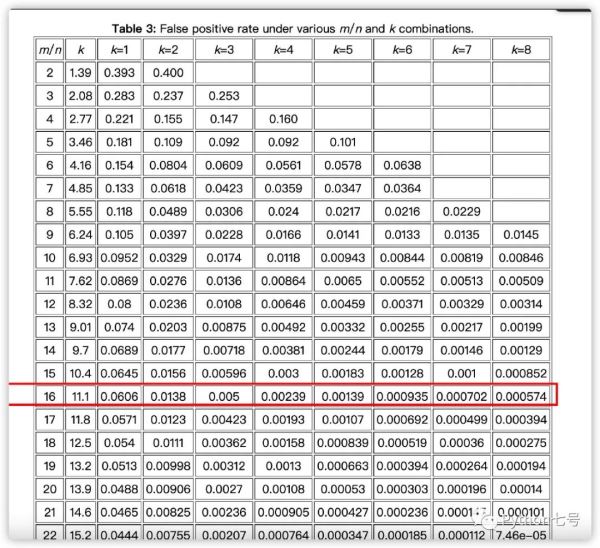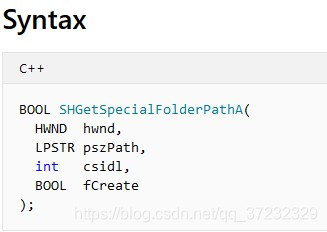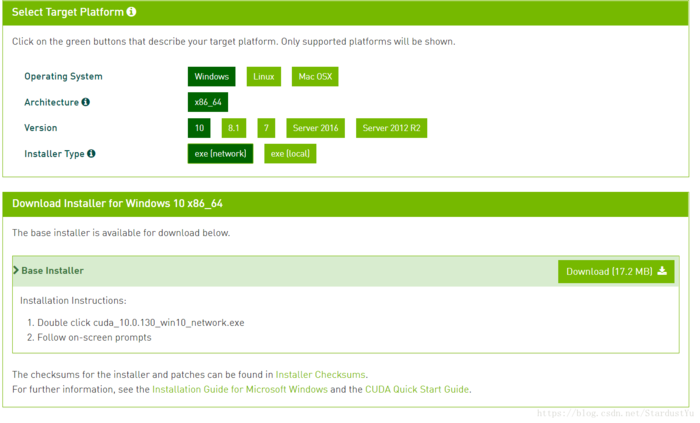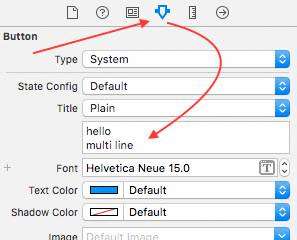总结:
1.创建dll工程;
2.增加包含头文件路径 :将python路径下的include加入到包含头文件路径:在工程属性页 C/C++/附加包含目新增\include目录
3.增加lib路径:链接器/附加库目录添加\libs目录
4.修改输出文件类型为pyd: 工程属性页/链接器/输出文件,修改输出文件名为hello.pyd
5.以release方式build
6.将生成的pyd文件拷贝到项目目录下或者可以import的lib目录下。
http://blog.csdn.net/jelolu/article/details/40041649 vs2008实现c语言扩展python
http://blog.csdn.net/lien0906/article/details/51122572 讲的是VS2013的python开发环境
http://jingyan.baidu.com/article/67508eb4371b9e9cca1ce412.html C++ (VS 2013)调用Python (3.4)
http://blog.csdn.net/u010786109/article/details/41825147 Python 扩展技术总结
http://m.blog.csdn.net/article/details?id=50771316
VS 2005中实现对Python 2.5.2的模块扩展实验 以下为实验步骤:
一、VS 2005:
1. 新建Win32 Application, Application type: DLL, Additional options: Empty project.
2. Projects and Solutions->VC++ Directores中,新增\include目录到Include files和library files.
3. 新增Source Files:
hello.c:
 #include
#include
 #include
#include

 static PyObject *message(PyObject *self, PyObject *args) {
static PyObject *message(PyObject *self, PyObject *args) {
 char *fromPython, result[64];
char *fromPython, result[64];

 if (!PyArg_Parse(args, "(s)", &fromPython))
if (!PyArg_Parse(args, "(s)", &fromPython))
 return NULL;
return NULL;
 else {
else {
 strcpy(result, "Hello, ");
strcpy(result, "Hello, ");
 strcat(result, fromPython);
strcat(result, fromPython);
 return Py_BuildValue("s", result);
return Py_BuildValue("s", result);
 }
}
 }
}

 static struct PyMethodDef hello_methods[] = {
static struct PyMethodDef hello_methods[] = {
 {"message", message, 1},
{"message", message, 1},
 {NULL, NULL}
{NULL, NULL}
 };
};

 _declspec(dllexport) void inithello() {
_declspec(dllexport) void inithello() {
 (void)Py_InitModule("hello", hello_methods);
(void)Py_InitModule("hello", hello_methods);
 }
}


4. 以Release方式Build。
5. 修改扩展名.dll为pyd.
二、Python:
1. copy刚才生成的hello.pyd到项目目录下,或者可以import的lib目录。
2. 新建main.py:
 import hello
import hello

 print hello.message("hhahhah")
print hello.message("hhahhah")
搞定。
以下为实验步骤:
一、VS 2005:
1. 新建Win32 Application, Application type: DLL, Additional options: Empty project.
2. Projects and Solutions->VC++ Directores中,新增\include目录到Include files和library files.
3. 新增Source Files:
hello.c:
 #include
#include
 #include
#include

 static PyObject *message(PyObject *self, PyObject *args) {
static PyObject *message(PyObject *self, PyObject *args) {
 char *fromPython, result[64];
char *fromPython, result[64];

 if (!PyArg_Parse(args, "(s)", &fromPython))
if (!PyArg_Parse(args, "(s)", &fromPython))
 return NULL;
return NULL;
 else {
else {
 strcpy(result, "Hello, ");
strcpy(result, "Hello, ");
 strcat(result, fromPython);
strcat(result, fromPython);
 return Py_BuildValue("s", result);
return Py_BuildValue("s", result);
 }
}
 }
}

 static struct PyMethodDef hello_methods[] = {
static struct PyMethodDef hello_methods[] = {
 {"message", message, 1},
{"message", message, 1},
 {NULL, NULL}
{NULL, NULL}
 };
};

 _declspec(dllexport) void inithello() {
_declspec(dllexport) void inithello() {
 (void)Py_InitModule("hello", hello_methods);
(void)Py_InitModule("hello", hello_methods);
 }
}


4. 以Release方式Build。
5. 修改扩展名.dll为pyd.
二、Python:
1. copy刚才生成的hello.pyd到项目目录下,或者可以import的lib目录。
2. 新建main.py:
 import hello
import hello

 print hello.message("hhahhah")
print hello.message("hhahhah")
搞定。
一、VS 2005:
1. 新建Win32 Application, Application type: DLL, Additional options: Empty project.
2. Projects and Solutions->VC++ Directores中,新增
3. 新增Source Files:
hello.c:
 #include
#include  #include
#include 
 static PyObject *message(PyObject *self, PyObject *args) {
static PyObject *message(PyObject *self, PyObject *args) { char *fromPython, result[64];
char *fromPython, result[64];
 if (!PyArg_Parse(args, "(s)", &fromPython))
if (!PyArg_Parse(args, "(s)", &fromPython)) return NULL;
return NULL; else {
else { strcpy(result, "Hello, ");
strcpy(result, "Hello, "); strcat(result, fromPython);
strcat(result, fromPython); return Py_BuildValue("s", result);
return Py_BuildValue("s", result); }
} }
}
 static struct PyMethodDef hello_methods[] = {
static struct PyMethodDef hello_methods[] = { {"message", message, 1},
{"message", message, 1}, {NULL, NULL}
{NULL, NULL} };
};
 _declspec(dllexport) void inithello() {
_declspec(dllexport) void inithello() { (void)Py_InitModule("hello", hello_methods);
(void)Py_InitModule("hello", hello_methods); }
}

4. 以Release方式Build。
5. 修改扩展名.dll为pyd.
二、Python:
1. copy刚才生成的hello.pyd到项目目录下,或者可以import的lib目录。
2. 新建main.py:
 import hello
import hello
 print hello.message("hhahhah")
print hello.message("hhahhah")搞定。











 京公网安备 11010802041100号
京公网安备 11010802041100号